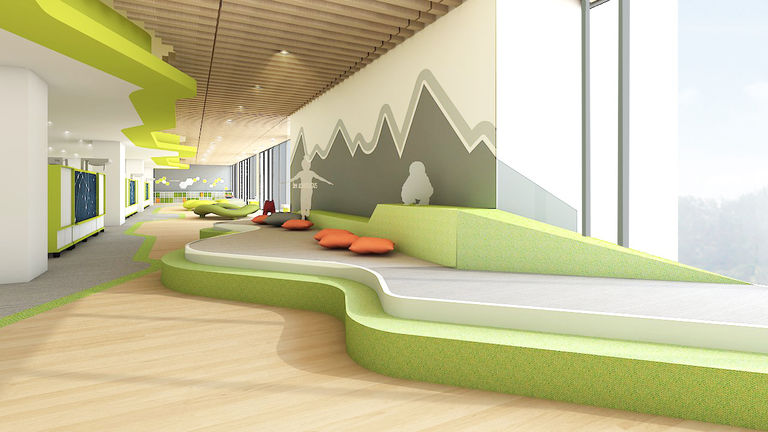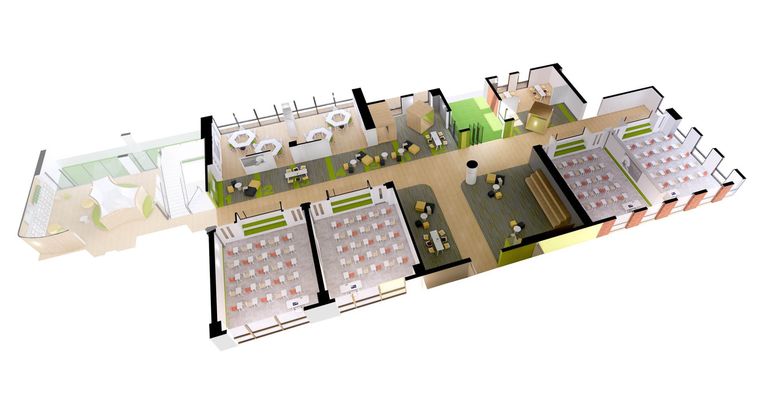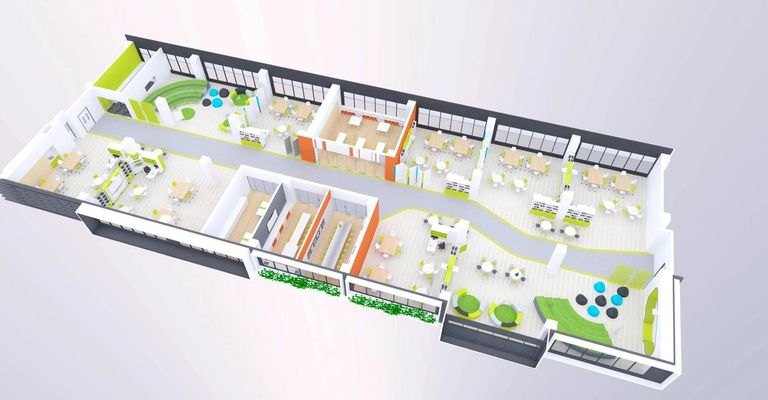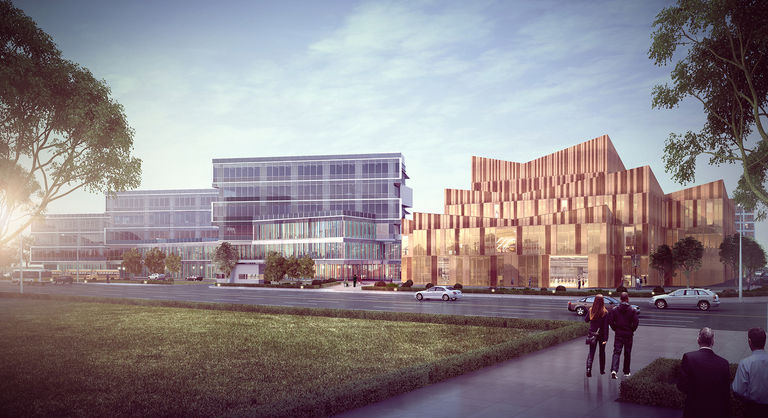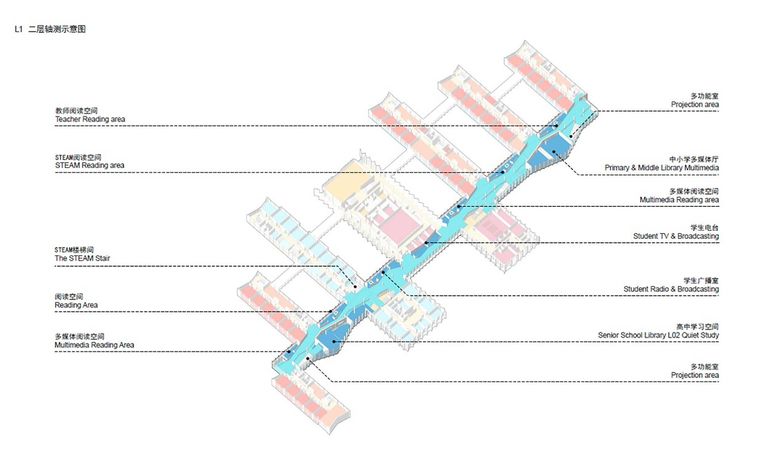They are the basic building blocks that allow us all to properly function as part of society while the humanities, arts, languages and science provide children with a critical knowledge and understanding of how the world around them works.
But when preparing children for the challenges presented by the 21st century, knowledge is no longer enough.
According to the World Trade Organisation, it is creativity, alongside critical thinking and problem solving, that will soon be the most important attributes for job seekers and learning environments must respond accordingly.
One of the key recent pedagogical changes in recent times has been the advent of flipped learning and this has allowed us as designers to reimagine learning environments with a specific focus on nurturing creativity.
